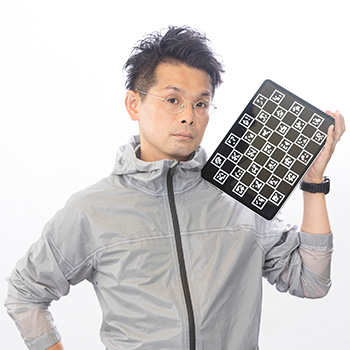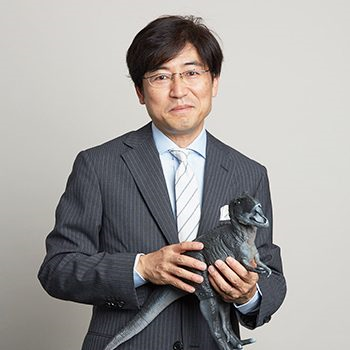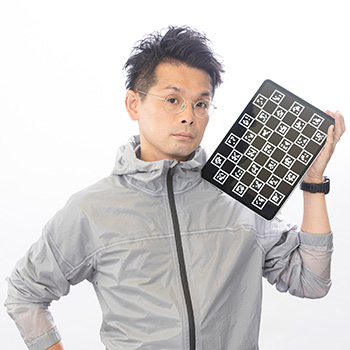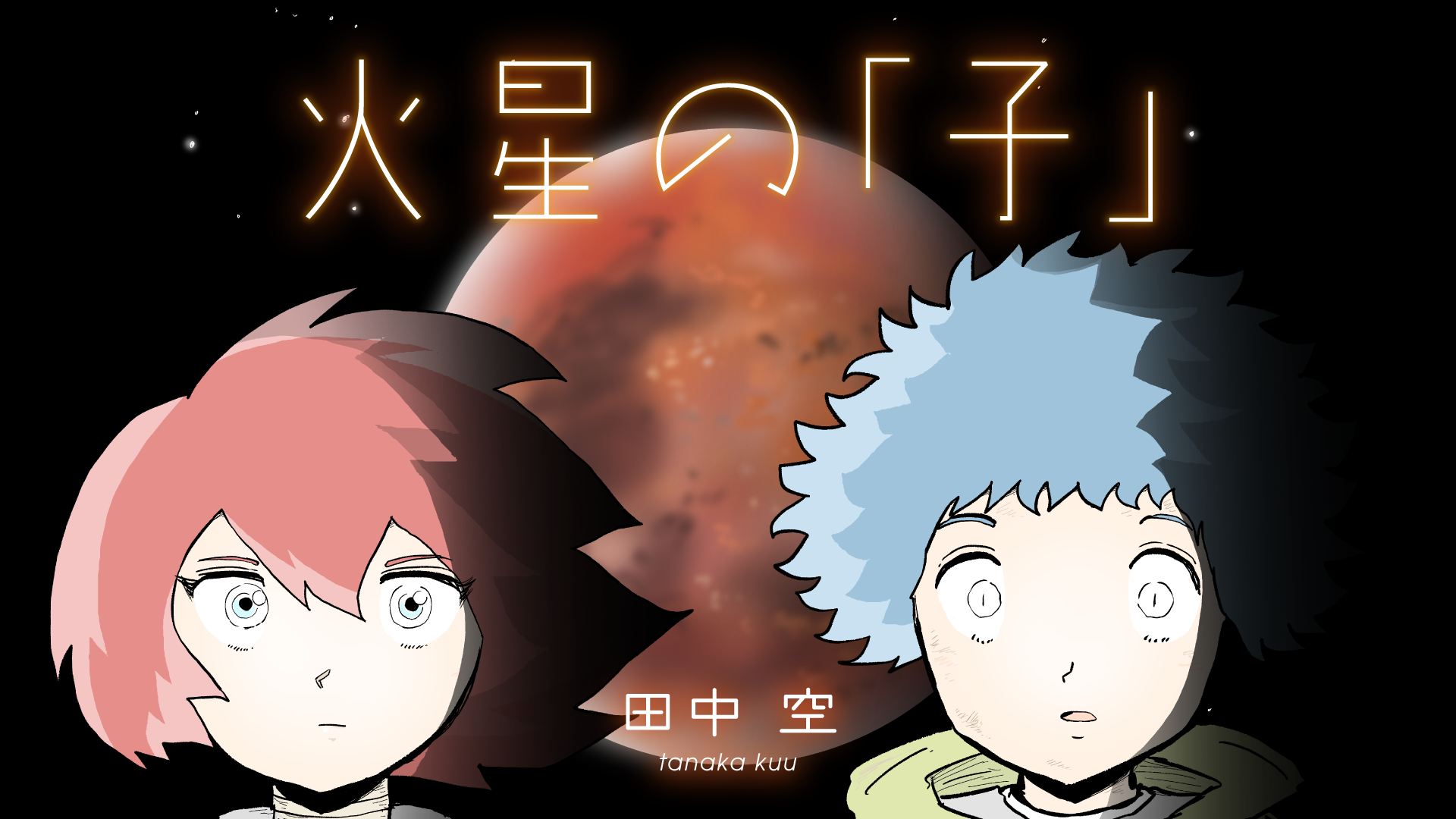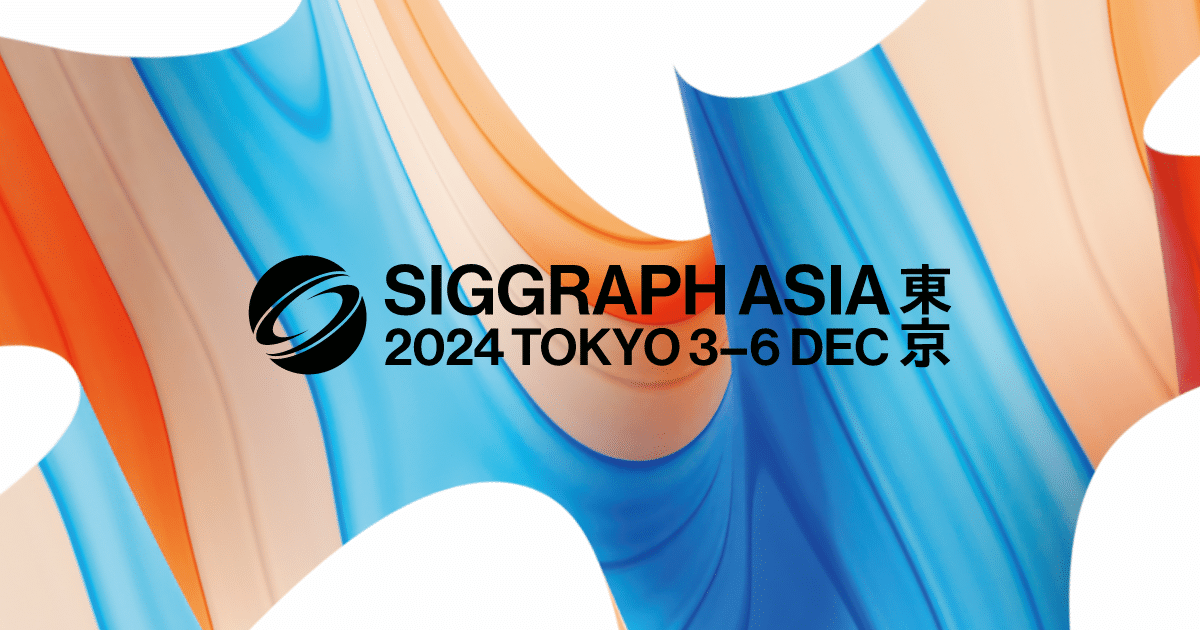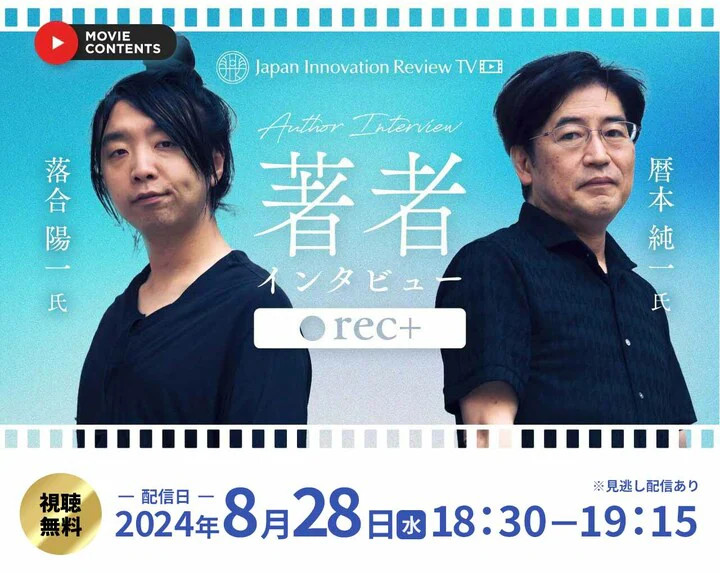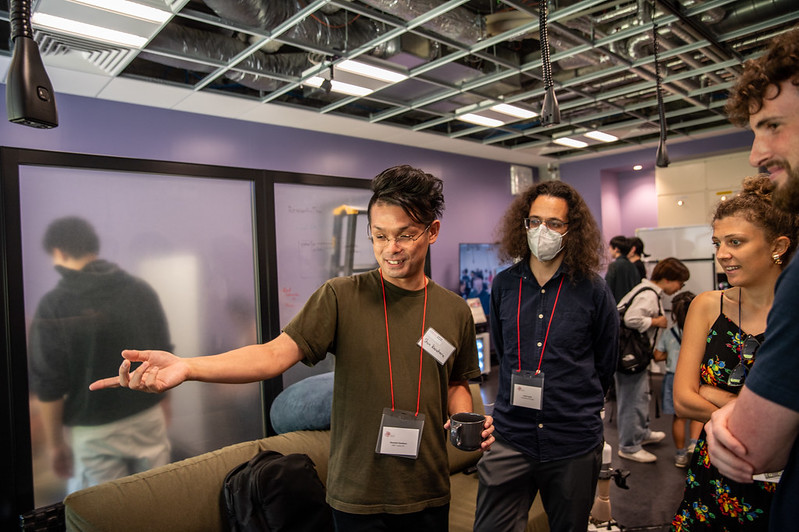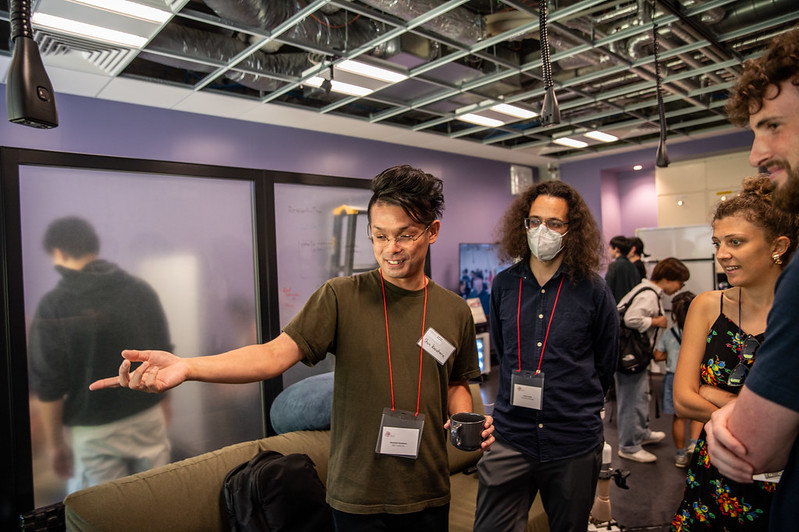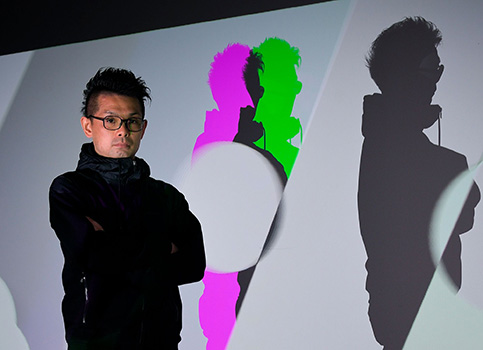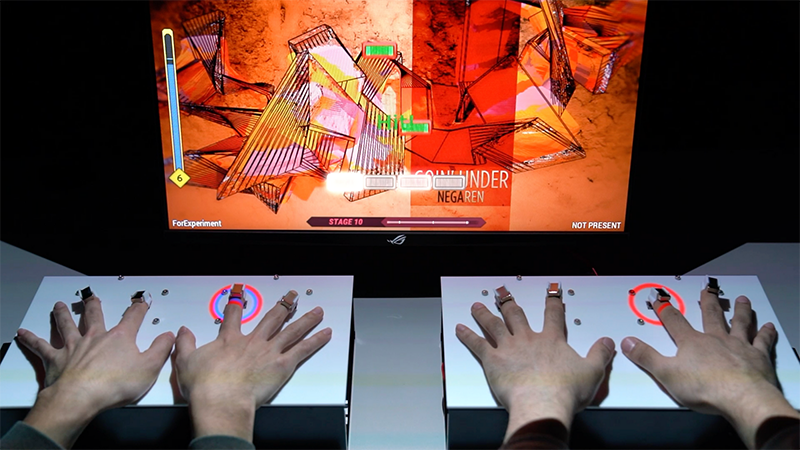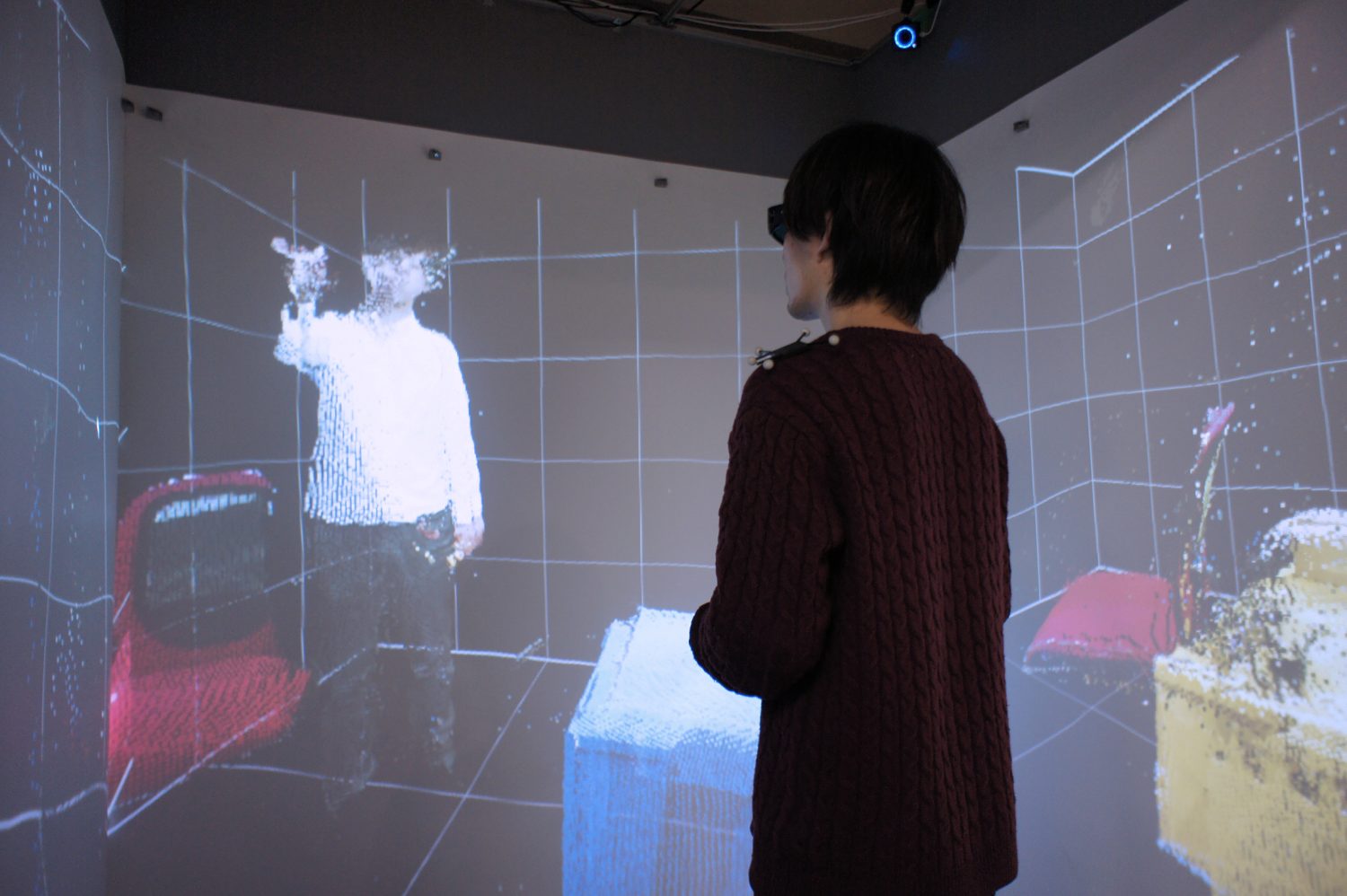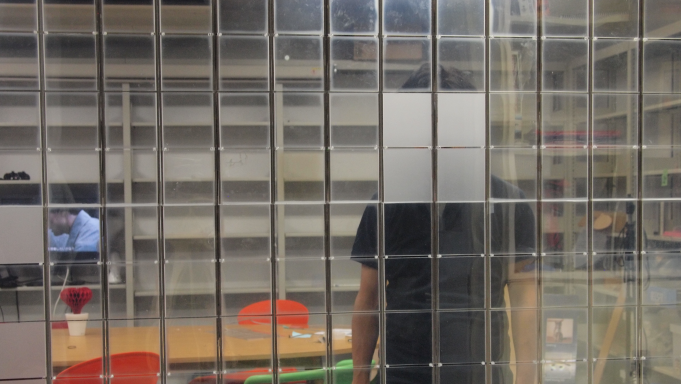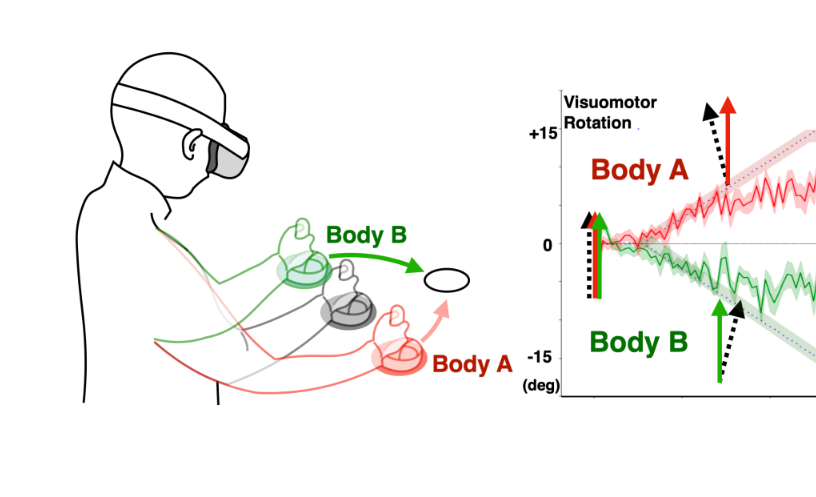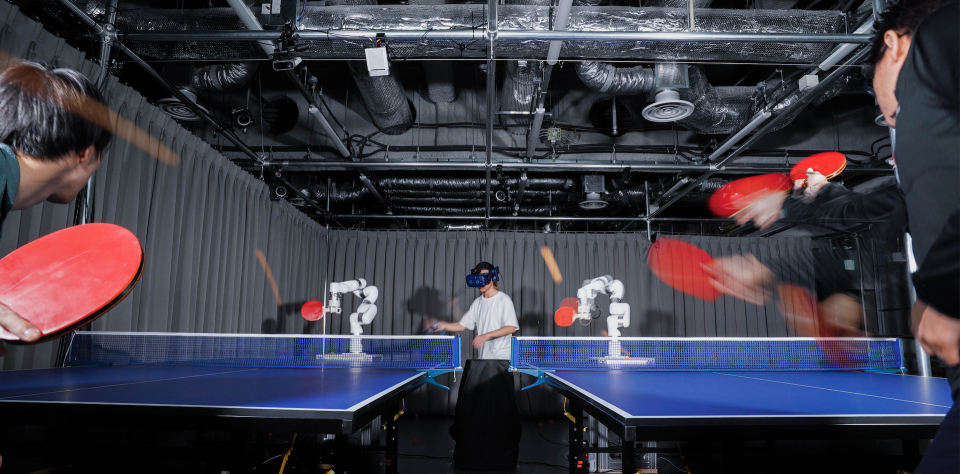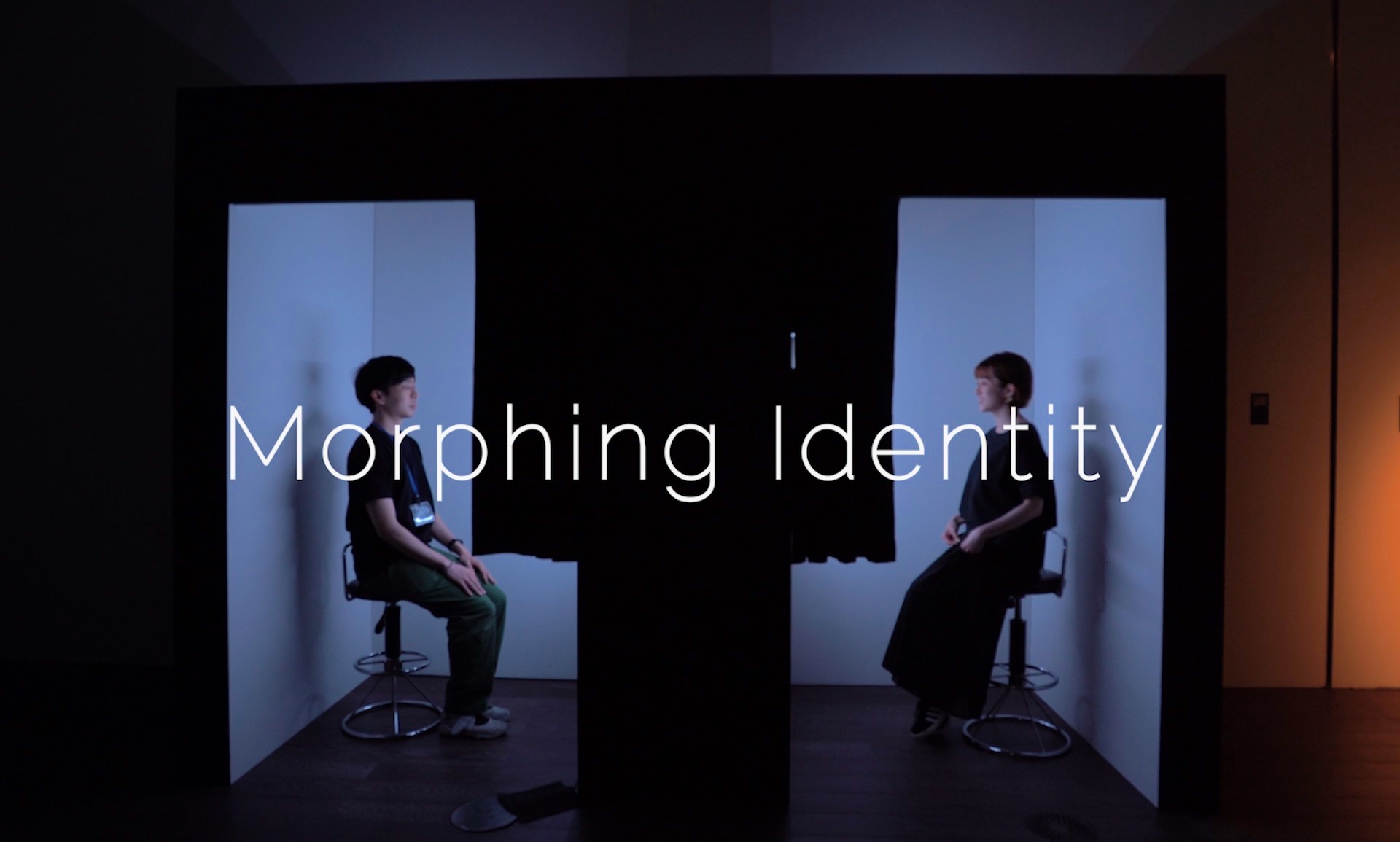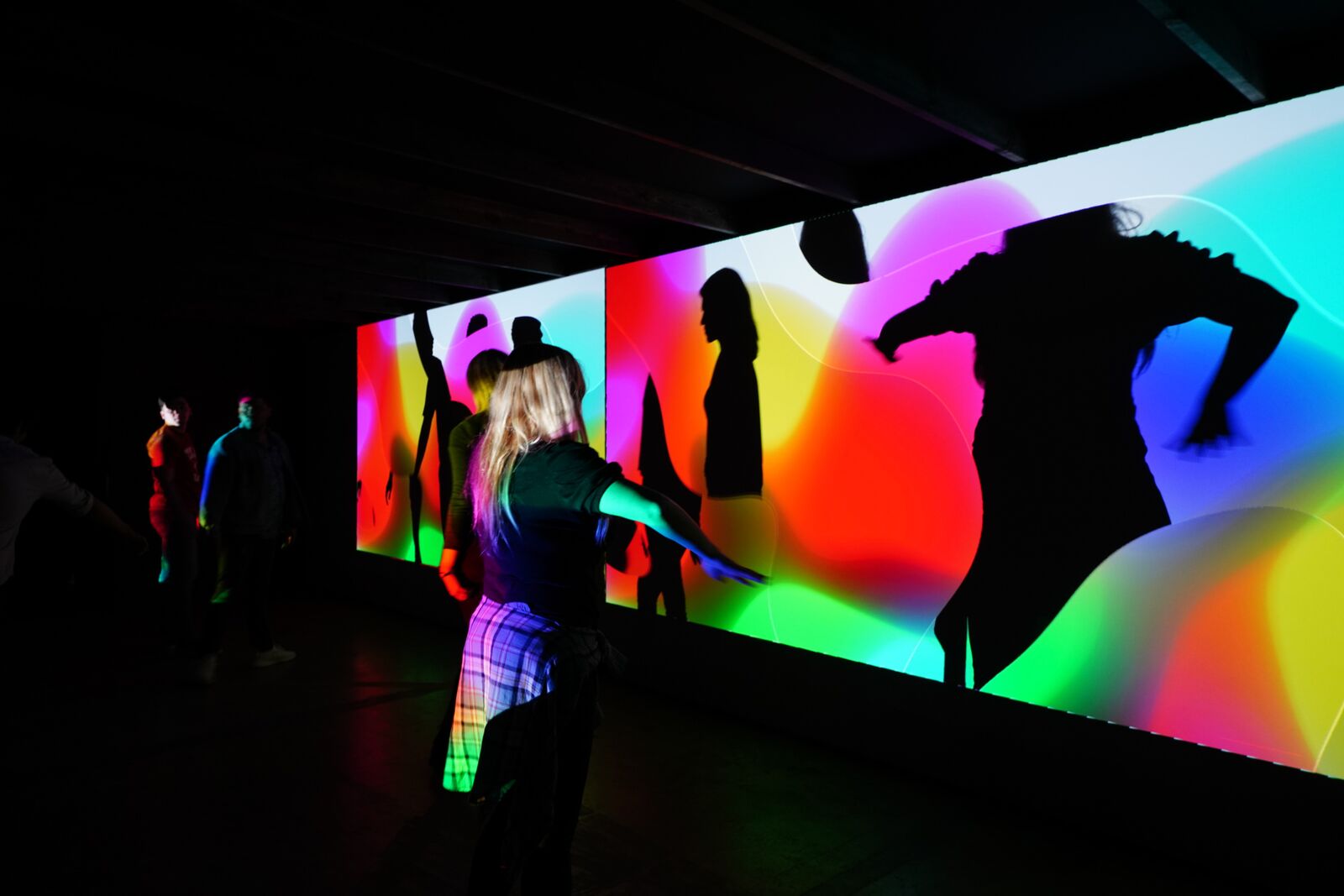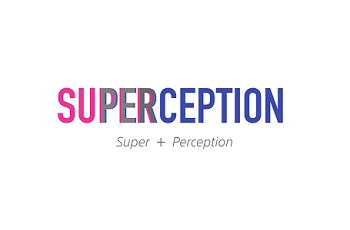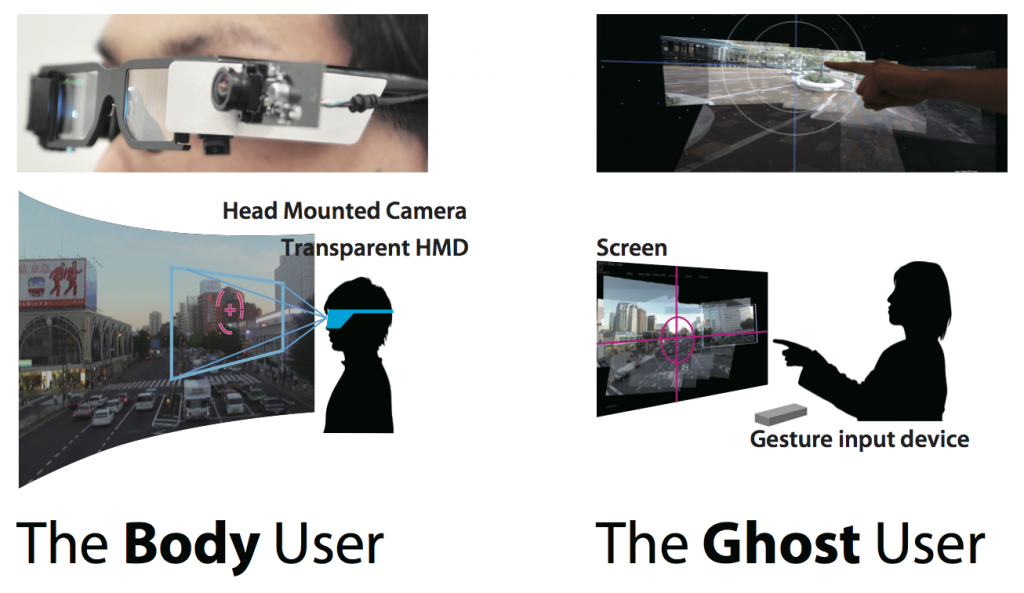
JackIn eye は人間の一人称視点の体験を他者へ伝送することで状況や体験を共有し、さらに他者からの視覚的な介入により、現場の作業を遠隔地の専門家が支援・誘導することを可能にします。
JackIn eyeでは、実環境にいる利用者の一人称映像を遠隔地の利用者が観測し状況を共有する際に、より自由な視点位置で環境を観測することを可能にするために、一人称映像のシーケンスから空間認識技術に基づいて空間をモデリングし,擬似的に一人称視点外から状況を観測することを可能にする「体外離脱視点」が提供されます。これにより、GhostはBodyに追従しながらも独立な視点で環境を観測することができ、一人称映像特有のモーションシックネス問題も解決することができます。
さらに、人間の見ている実世界上に視覚的介入ができる、透過型グラスでの拡張現実感ユーザーインタフェースによるポインティング視覚化技法により、遠隔にいる人間が現場の人間を効果的に支援することが可能となります。
本プロジェクトは、東大暦本研との共同プロジェクトです。
(リンク:https://lab.rekimoto.org/projects/jackineye/)

JackIn eye makes it possible for one person's experiences to be transmitted and shared with others from a first-person perspective. An expert can provide advice and guidance from a remote location, mediated by the visual input of the person on-scene. JackIn eye allows more freedom for the remote user to shift viewpoint away from the first-person perspective of the on-scene user. Spatial recognition technology is applied to the video stream of first-person imagery in order to spatially model the environment, and enable it to be viewed from synthetic "out of body" perspectives differing from the on-scene user's own first-person perspective. This allows the Ghost a degree of independence of viewpoint, even while accompanying the Body on its physical traversal of the on-scene environment. This solves the problem of motion sickness associated with observing another person's first-person perspective. Moreover, visual navigation techniques that employ an augmented-reality user interface rendered on transparent glass can be overlaid on the real-world view of the Body. This enables the remote user to more effectively support the on-scene user.
JackIn Eye is a joint project with the Rekimoto Lab at the Tokyo University.
(Link:https://lab.rekimoto.org/projects/jackineye/)
